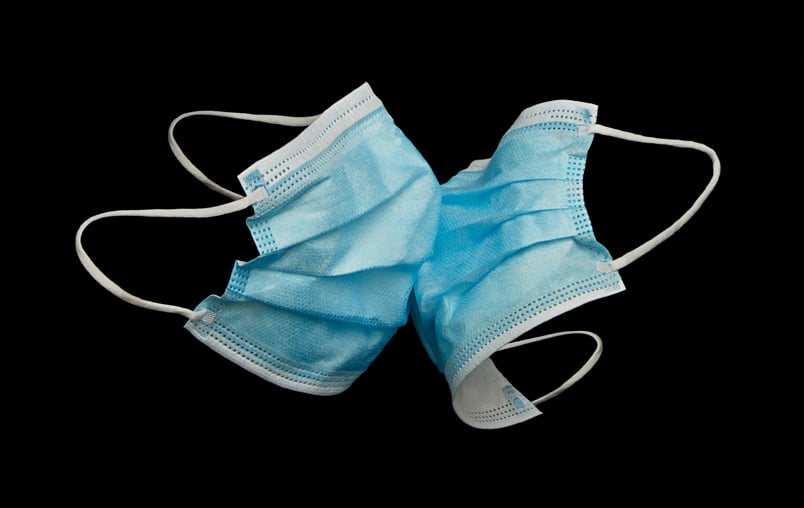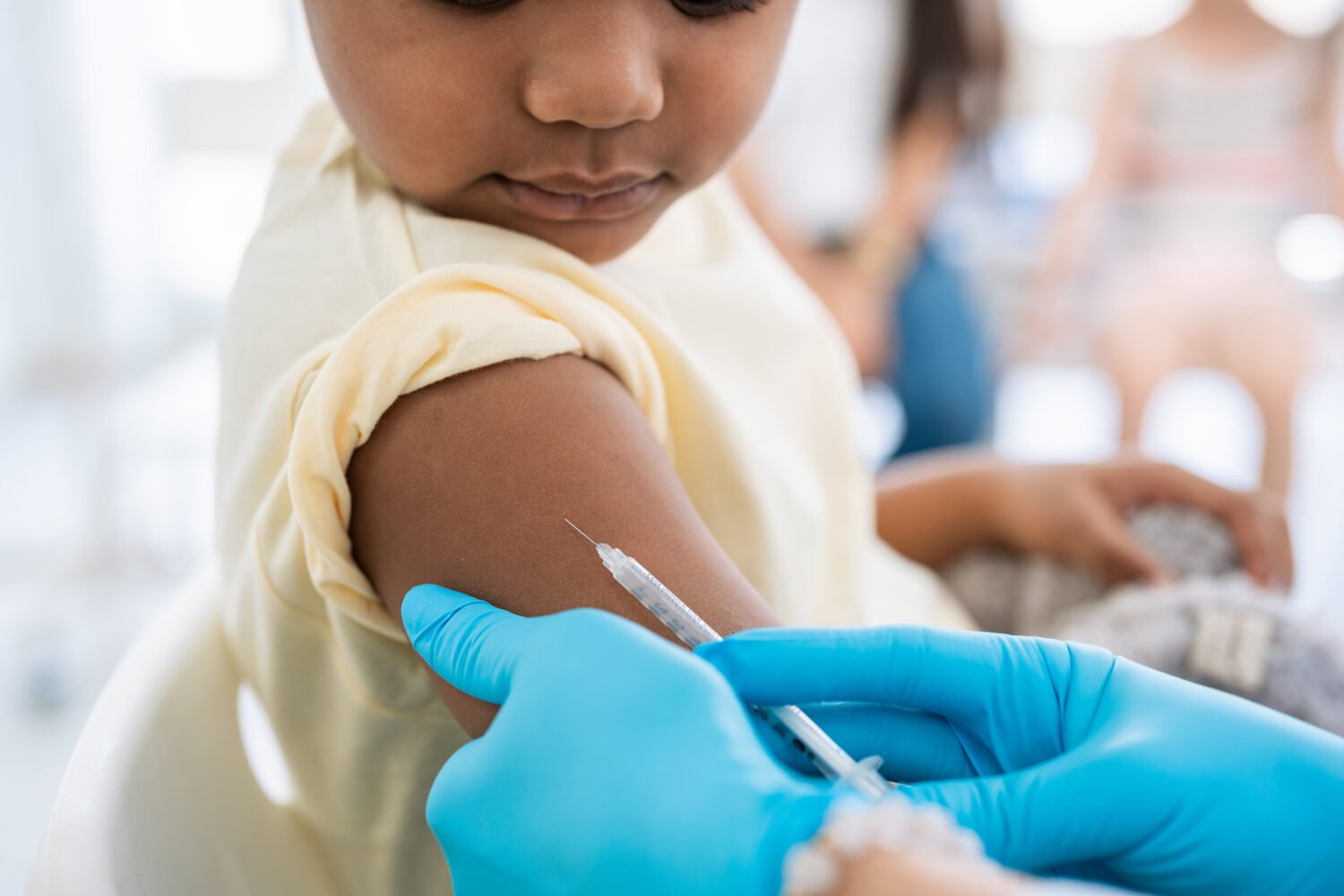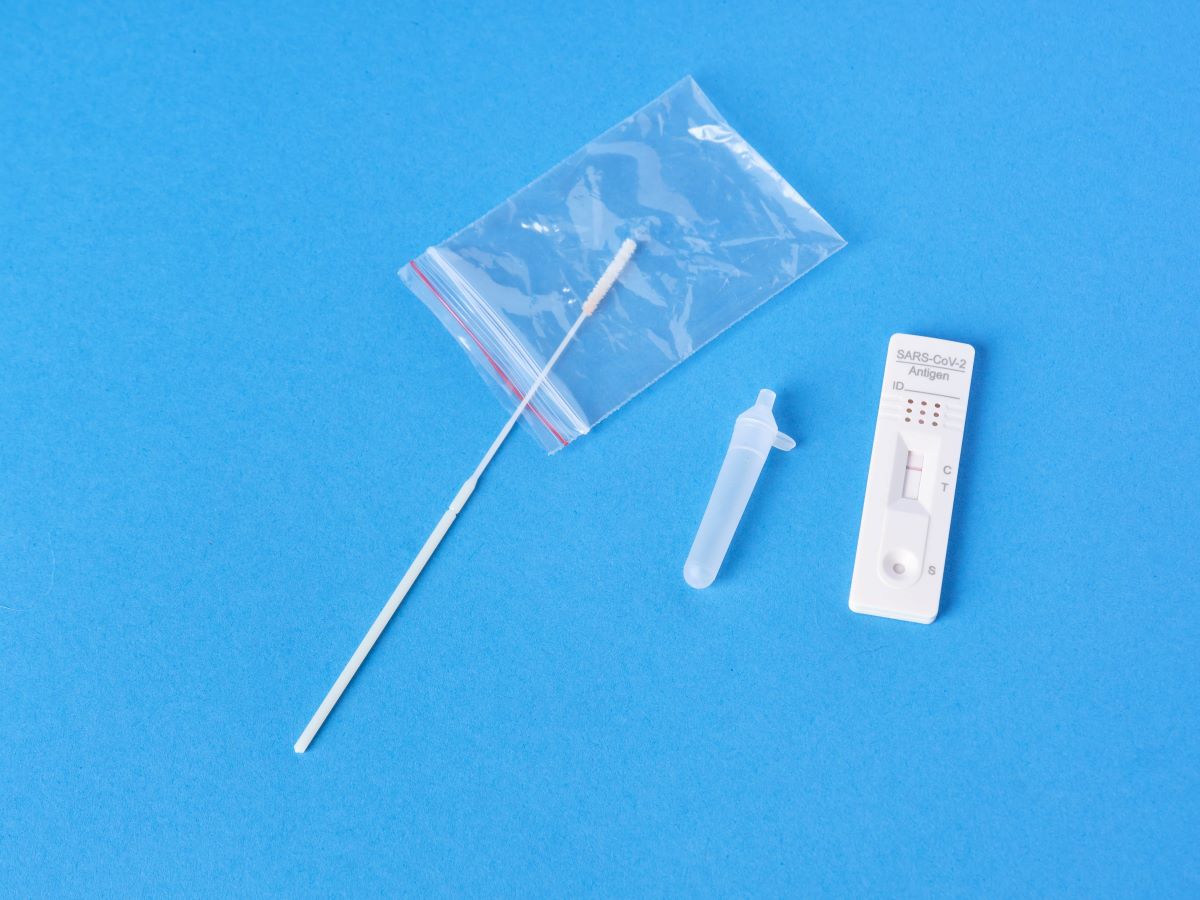About Our Sex Lives and the Pandemic
This article is part of Washingtonian’s June 2021 cover story about sex in and after the pandemic. We chatted with locals about their quarantine escapades and struggles, talked to sex shop owners about the bestselling toys, heard about safer ways to get naked online, examined intimacy through a stunning series of photos, and mused about the future of sex. Dig in here.
Perhaps it’s not the brightest note on which to begin an issue dedicated to the topic, but let’s just put it out there—overall, our sex lives wanted for a lot during the pandemic. Consumed with grief, battling anxiety and depression, and juggling more emotions on any given day than would be standard on any previous bad day, it hasn’t exactly been easy, this past year, to clear the headspace and make room for the kinds of things that used to bring us earthly delight. Many married and coupled folks put sexy time on pause (not to mention that it’s kinda hard to get turned on by the person you’re with…all the time). And if you have kids? Ha, dream on! For the unattached, meanwhile, it was so dependent on personality: Either hunker down indoors and play it safe alone or hook up one way or another (albeit usually with less frequency).
Yet we managed!
But here’s the thing: There were also moments when we did a lot better than that. And when you look at the course of a year, you can start to see how much we expanded our imaginations and the fixed ideas that have governed some of our notions of pleasure for a long time. We discovered ways to make it work—with or without someone else in the same room. More people got into masturbation. People experimented with virtual sex, and some found they could get their fix just from sexting. We got into toys, and bigger toys, and all kinds of things, in short, that some folks may not have felt comfortable doing before coronavirus. Pleasure-seeking communities and sex-focused groups and events were forced to relocate online, meaning that people who—perhaps due to geography, finances, self-consciousness, or physical ability—previously wouldn’t have been able to seek out these outlets suddenly had access to them. We said yes to sex positivity and vulnerability.
We got braver about exploring our sexualities and desires, yes, but we also got braver with our health. People who were having sex with new partners during Covid increasingly talked about their sexual histories and bodies pre-smooshing. Have you slept with anyone else in the last two weeks? When was your last Covid test? People who weren’t doing it with someone new were just more attuned to their wellness in general. And think about it: Combined with the fact that we got pretty good at talking to our doctors over telemedicine, we might be a lot better off when it comes to taking care of our sexual health in the future.
Sex is concretely linked to one’s environment, so it’s no surprise that what happened out in the world had a huge impact on what did (or did not) happen in our pants. This is hardly unique to this particular pandemic—just take a look at history. The suffragist movement + greatest female independence during World War I + Margaret Sanger advocating for birth control (her ties to eugenics movement notwithstanding) led to women in the 1920s renouncing traditional sexual norms and to flapper culture. In the 1960s, we had a sexual revolution thanks to things like the pill, the counterculture movement, and second-wave feminism, while the cataclysmic Stonewall uprising helped galvanize the fight for LGBTQ rights. When the AIDS epidemic struck later, there was conservative backlash and policing, but there was also increased sex education, not to mention more acceptance of the fact that human beings weren’t built only as heterosexuals. Not quite a generation later, the internet and smartphones and hookup apps freed us even more.
And now, 2021: When future sociologists and sex scholars look back at Covid-19, what will be their conclusions? Of course, it’s hard to define history while living it, but if there’s one common theme that has echoed throughout the last 15-sh months, it’s our collective craving of human connection. Sure, plenty of forward-thinking conversations are happening about the free-for-all sex fest that will ensue during Hot Vaxx Summer (and some of that will likely come to be!). But in the dark moments of the lockdown, when death tolls were rising and we were going months without seeing loved ones, all most people really wanted was to feel a little less alone. For some, that meant sex, be it in person or via Snapchat with some dude in Iowa. For a lot of us, though, the physical act wasn’t the most important thing. It was the feeling of intimacy, of being seen or heard or held, of having a familiar body or soul on which to rest your head after another lonely, sad day.
We know the pandemic has bred a desire for connection, and increasingly flexible definitions of sex, and greater transparency between partners, and sexual exploration. Put it all together and the big takeaway isn’t even really about sex at all. Instead, it’s about a more open and accepting perspective toward what constitutes intimacy. The pandemic forced us to reevaluate our humanity and the way we obtain what’s necessary for us to feel alive. And so how intimacy manifests itself—whether it’s human-to-human touch or sending sexy pictures to someone across the country—may not matter as much anymore. What’s really important is the end goal: the feeling of, at last, coming together.
This article appears in the June 2021 issue of Washingtonian.




















